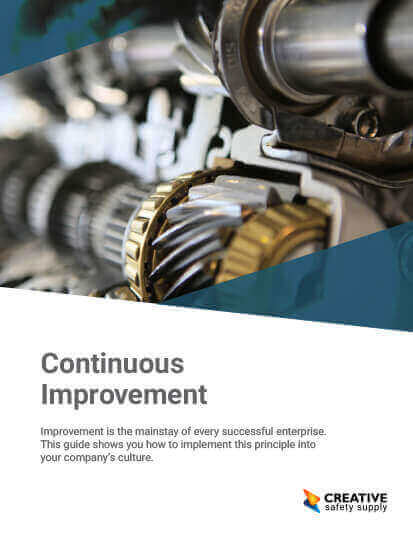
In today’s high-tech world just about every company uses various types of software to run their systems. In many cases, customized software solutions are needed. Whenever developing software, there is a software development life cycle (SDLC) that will be present. This is sometimes called an application development lifecycle. Either way, it is a process where developers can plan, create, test, and deploy software into a system where it can be used.
Following this type of lifecycle allows developers to focus on continuous improvements, without getting held up by unreasonable requirements or deadlines. By having this lifecycle in place, those who use the software can have their list of requirements (along with desired deadlines) and the developers can continuously add features with each planned release.
Stages of the SDLC
In most cases a SDLC will consist of seven separate stages. Each one
- Identify Problems – At this stage developers will look at the reported problems in the current version of the software.
- Plan – Planning out what changes are wanted. This can include eliminating problems identified in the previous step, and finding feature improvements.
- Design – Coming up with the concept of how the software needs to work to accomplish the stated goals.
- Build – This is where the actual development of the system will take place.
- Test – Testing software before deploying it into a production environment is critical. The testing should be done in as realistic of a way as possible.
- Deploy – Rolling the updated version of the software out into the production environment. Any required training of users will also happen at this stage.
- Maintain – Supporting the current production of the software. This step will also naturally flow back into the first step of the cycle.
All software should be constantly going through this lifecycle. Depending on the type of software it can be cycled through frequently, or it may take years between each full cycle. Either way, the goal should be to continuously improve the systems that are being used.

